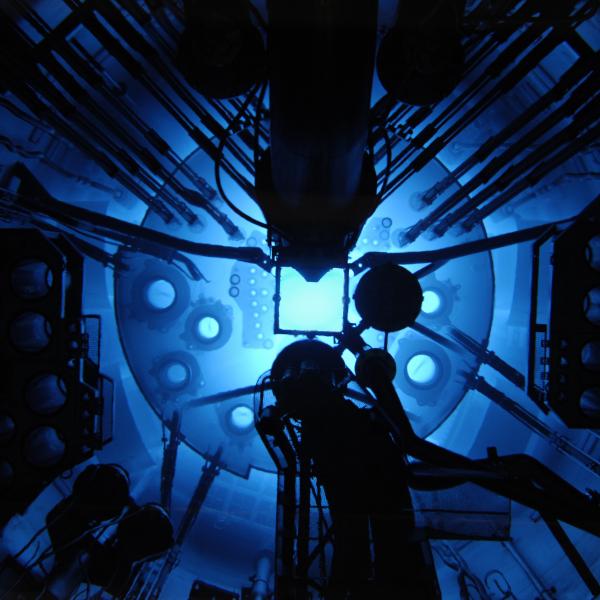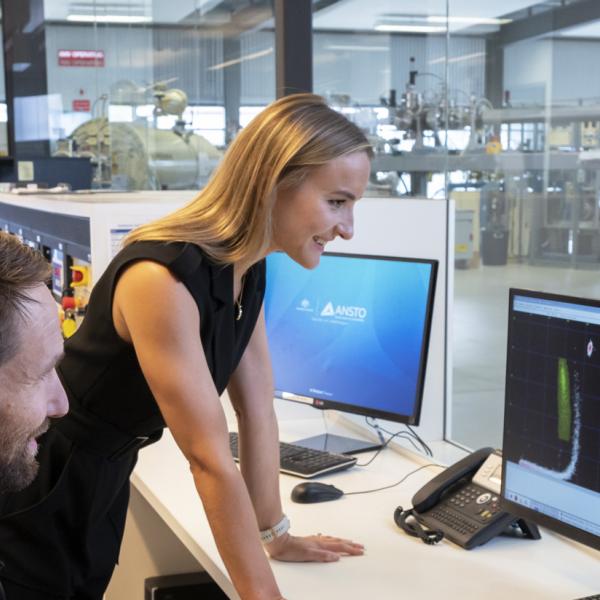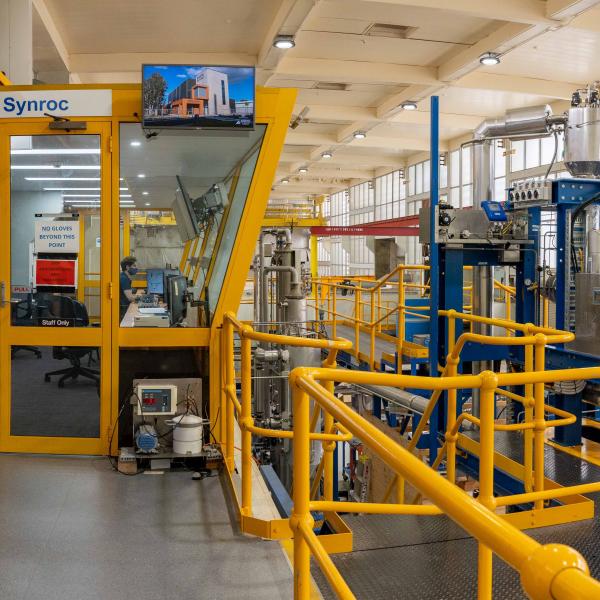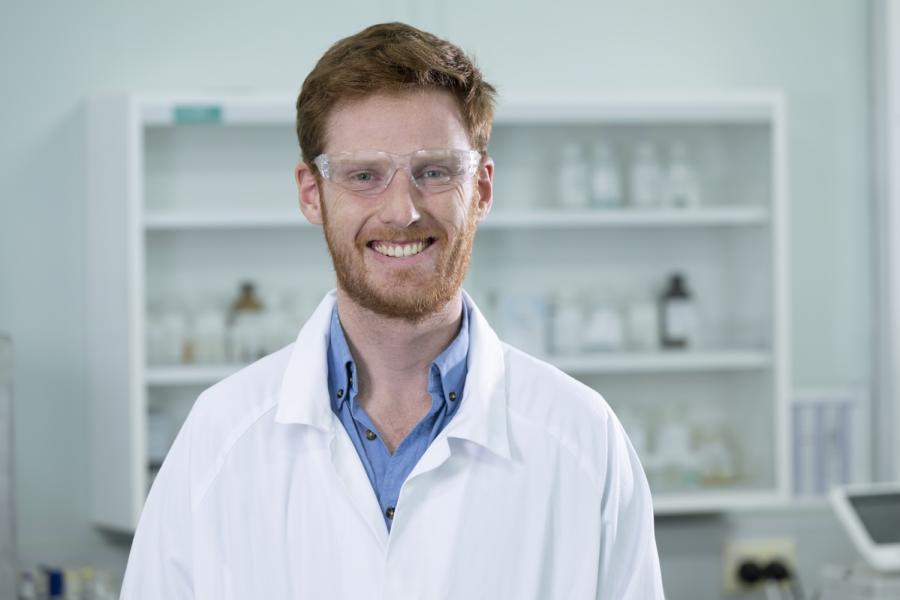
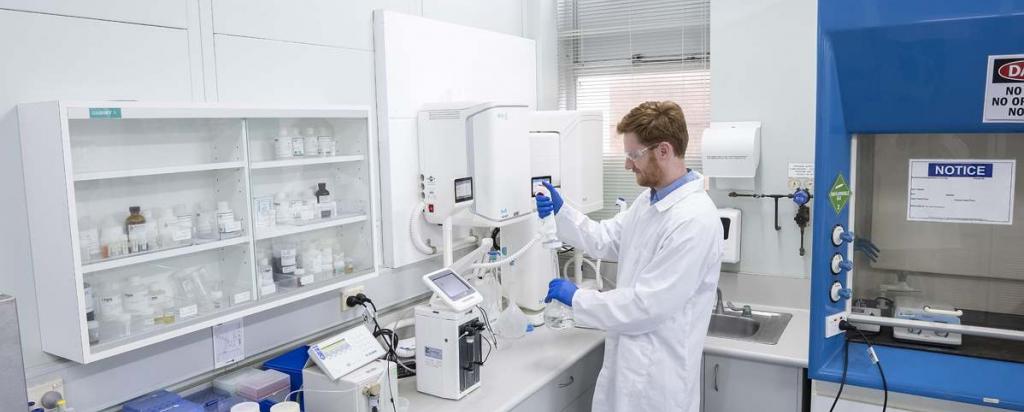
Published on the 13th July 2022 by ANSTO Staff
Since 1962, the United Uranium Scholarship has helped promising young scientists in the field of nuclear energy extend their knowledge and expertise. In 2022, scholarships were awarded to several ANSTO researchers, including Phil Sutton.
We caught up with Phil Sutton, an Industrial Chemist working in the ANSTO Synroc® Wasteform Engineering Team, about his career and plans for using this scholarship.
How would you describe your career so far?
I graduated from the University of Sydney in 2014 with a Bachelor of Science/Bachelor of Arts double degree, majoring in Chemistry and Archaeology. My honours project involved trace element analysis of obsidian archaeological artefacts to reconstruct prehistoric trade routes in Melanesia. After graduation I worked as a laboratory chemist in the oil and gas industry for six years, building a broad base of experience in analytical chemistry before joining ANSTO in late 2020.
What drives you?
The opportunity to make use of ANSTO’s unique research facilities and to contribute to cutting-edge science. Working at ANSTO, you have access to a range of scientific infrastructure and capabilities that are unparalleled anywhere else in Australia, as well as co-workers with enormous stores of experience and passion for the research they are pursuing.
What are you working on at ANSTO?
I work in the Wasteform Research group, which is part of ANSTO Synroc®. We carry out research and development work, investigating candidate materials for use in the immobilisation of radioactive waste. By incorporating radioactive waste into chemically stable materials such as glass or ceramics, we can minimise the risk that potentially harmful radionuclides could be released into the environment during long-term waste storage or disposal.
I provide experimental and technical support to other members of the team, using my skills in analytical chemistry to characterise the chemical and physical properties of materials under investigation. I also undertake durability testing, which allows us to quantify the rate at which different wasteforms release specific constituent elements.
What are you hoping to achieve with this scholarship?
The scholarship will allow me to travel to the USA to visit and work with researchers from other institutions working on similar research questions, such as the Pacific Northwest National Laboratory (part of the US Department of Energy’s national laboratory network). By collaborating with researchers from these partner institutions, we hope to share knowledge and expertise in nuclear wasteform research. The visit will also allow us to progress several ongoing collaborative projects we are undertaking with our international partners.
What are your next steps?
Over the next few years, we are looking to expand the range of analytical techniques and test methods we employ in our laboratories. This will be particularly important as ANSTO prepares to commission a range of onsite waste treatment processes in the future, such as the ANSTO Synroc® Waste Treatment Facility. Wasteform materials produced in these processes will require characterisation and performance testing to ensure they meet the relevant durability specifications for eventual disposal in a geological waste repository.
